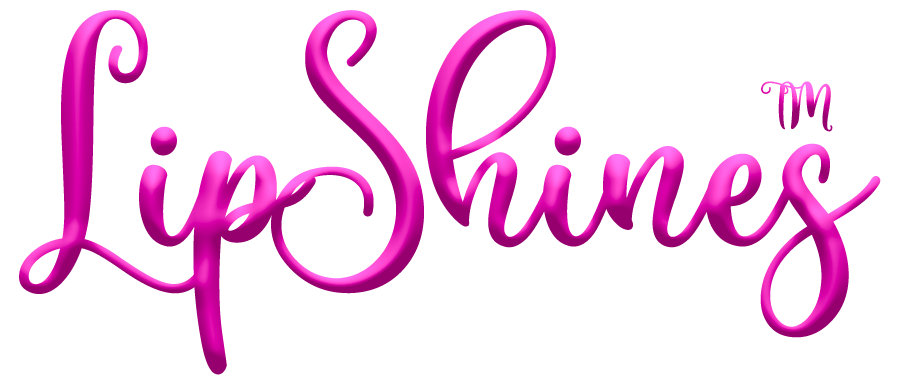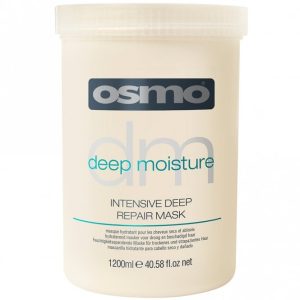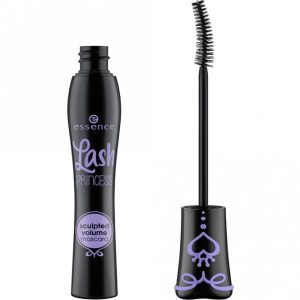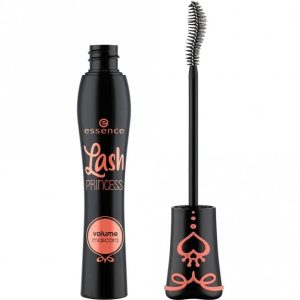Tips and Techniques
- Prep your skin: Start with a clean and moisturized face. This creates a smooth canvas for your makeup and helps it last longer. Apply a primer suitable for your skin type to help with longevity and creating a smooth base.
- Choose the right foundation: Select a foundation that matches your skin tone and type. Test the color on your jawline and choose the one that seamlessly blends in. If you prefer lighter coverage, you can use a tinted moisturizer or BB cream instead.
- Blend, blend, blend: Blend your foundation well using a damp makeup sponge, brush, or your fingertips. Focus on areas that need more coverage but be sure to blend it out for a natural finish. Avoid harsh lines by blending along your jawline and hairline.
- Conceal imperfections: Use a concealer that matches your skin tone or is one shade lighter to cover dark circles, blemishes, or redness. Apply it in a triangle shape under your eyes and blend it with a sponge or brush. Dab a small amount on blemishes or spots and blend the edges.
- Set with powder: Set your foundation and concealer with a light dusting of translucent powder. This helps to control shine and make your makeup last longer. Apply it using a fluffy brush and focus on areas prone to oiliness, like the T-zone.
- Enhance your features with contouring: Use a matte bronzer or contour powder to define your cheekbones, jawline, and nose. Apply it with a contour brush in the hollows of your cheeks, along the sides of your nose, and under your jawline. Blend well for a natural-looking shadow effect.
- Add a pop of color with blush: Smile and apply blush to the apples of your cheeks. Use a blush brush and blend it upwards towards your temples. Choose a shade that complements your skin tone, and remember to start with a small amount and build up as needed.
- Define your eyebrows: Fill in your eyebrows using an eyebrow pencil, powder, or gel. Use small strokes to mimic natural hairs, and follow the shape of your brows to create a fuller look. Brush them through with a spoolie brush for a more natural finish.
- Highlight your best features: Apply a highlighting powder or cream to the high points of your face, such as the cheekbones, brow bone, bridge of the nose, and Cupid’s bow. This adds a subtle glow and enhances your features. Blend well to avoid any harsh lines.
- Accentuate your eyes: Use eyeshadow shades that complement your eye color and create the desired look. Apply lighter shades on the lid, a slightly darker shade in the crease, and a matte shade for blending. Use an eyeliner to define your lash line, and finish with mascara to lengthen and volumize your lashes.
- Define your lips: Line your lips with a lip liner that matches your lipstick or lip gloss. Fill in your lips with the liner to create a base and help your lip color last longer. Then, apply your chosen lipstick or gloss, starting from the center and moving outward.
- Set your makeup: Once you’re done with your makeup application, set it in place with a setting spray. Hold the bottle a few inches away from your face and mist it lightly. This helps your makeup stay put and gives a natural, dewy finish.
Remember, practice makes perfect when it comes to applying makeup. Experiment with different techniques, products, and colors to find what works best for you. Enjoy the process and have fun expressing your unique style!
Art of Applying Makeup
The art of applying makeup is a creative and expressive process that allows you to enhance your natural beauty and create different looks. Here are some key aspects to consider:
- Understanding your features: Start by analyzing your face shape, skin tone, eye shape, and lip shape. This knowledge will help you determine which techniques and products will best complement your features.
- Preparing the canvas: Cleanse, tone, and moisturize your face before applying makeup. This ensures a smooth and hydrated base. Exfoliating regularly will help remove dead skin cells and promote a more even application.
- Color theory: Understanding color theory is crucial for makeup application. Complementary colors (opposites on the color wheel) can be used to enhance your features. For example, green cancels out redness, so a green color corrector can be used to counteract red blemishes.
- Choosing the right products: Invest in good quality products that suit your skin type and preferences. This includes foundation, concealer, eyeshadows, blush, lipstick, and more. Consider factors such as finish (matte, dewy, etc.), coverage, and longevity when selecting products.
- Foundation application: Choose a foundation that matches your skin tone and undertone. Apply it with a brush, sponge, or fingers, starting from the center of the face and blending outwards. Take care to blend well at the hairline, jawline, and neck to avoid any noticeable lines.
- Highlighting and contouring: These techniques help to enhance your facial structure. Use a lighter shade of concealer or highlighter on areas you want to bring forward, such as the high points of your face. Apply a darker shade to create shadows and define features like cheekbones and the jawline.
- Eye makeup: Experiment with different eyeshadow colors and finishes to create various looks. Use lighter shades on the lid, darker shades in the crease, and a highlight shade on the brow bone. Consider your eye shape when applying eyeliner and mascara to accentuate your natural shape.
- Blush and bronzer: Apply blush to the apples of your cheeks for a healthy flush. Use a bronzer to add warmth and definition to your face. Focus on the hollows of your cheeks, temples, and jawline for a natural-looking contour.
- Lipstick application: Use a lip liner to define and shape your lips. Apply lipstick or lip gloss with a brush or directly from the tube, starting from the center and working towards the corners. Blot with a tissue and reapply for longer-lasting color.
- Blending and balance: Blend your makeup well to avoid any harsh lines or uneven patches. Check your face in different lighting to ensure everything looks seamless. Achieve balance by focusing on one area at a time and ensuring that your overall makeup look is cohesive.
- Practice and experimentation: The art of applying makeup requires practice and experimentation. Try different techniques, colors, and styles to discover what works best for you. Follow tutorials, seek inspiration from makeup artists, and adapt techniques to suit your unique features and preferences.
- Confidence and self-expression: The most important aspect of applying makeup is to have fun and embrace your individuality. Use makeup as a tool for self-expression and a way to boost your confidence. There are no rules when it comes to makeup, so feel free to experiment, create, and enjoy the process!




